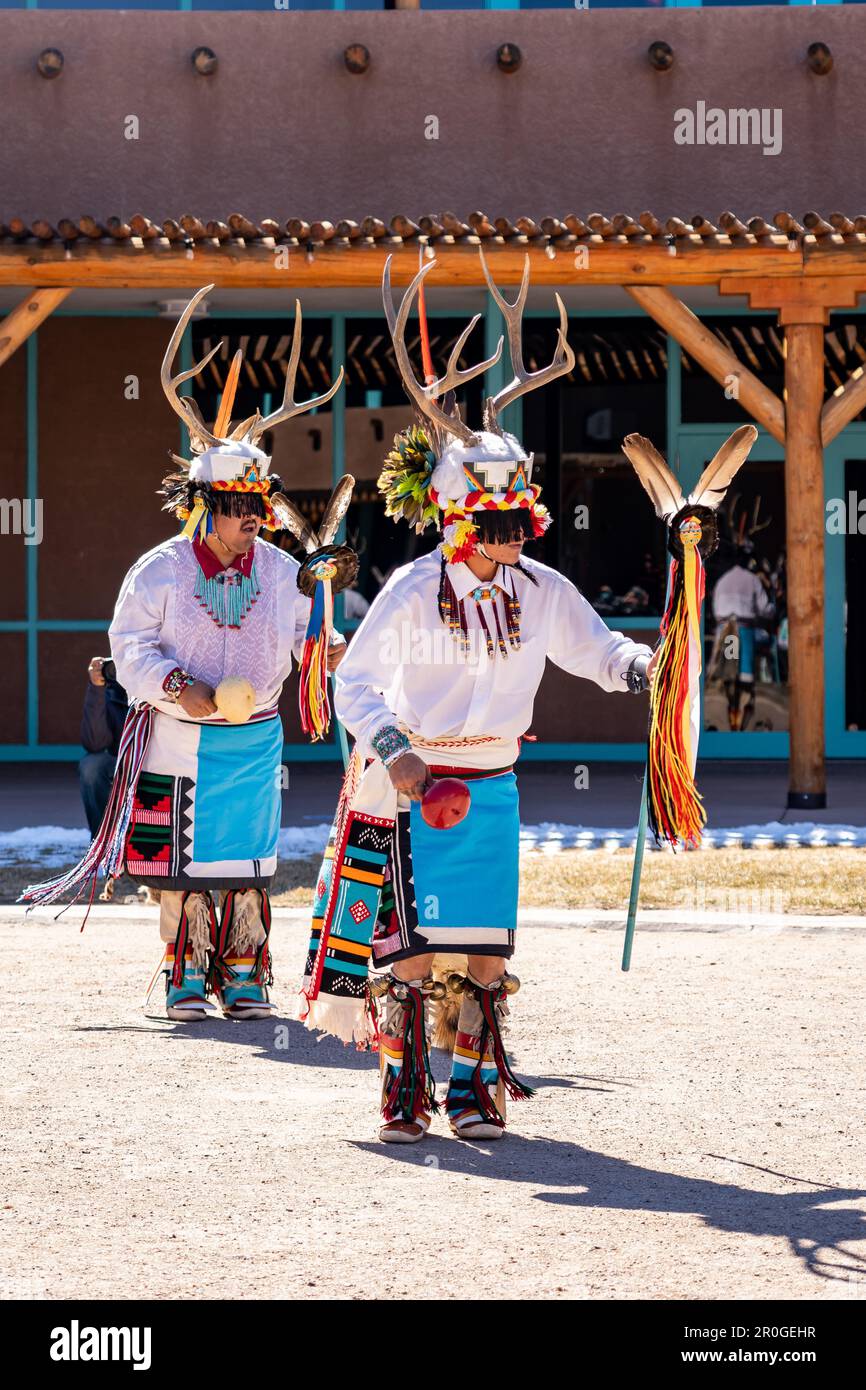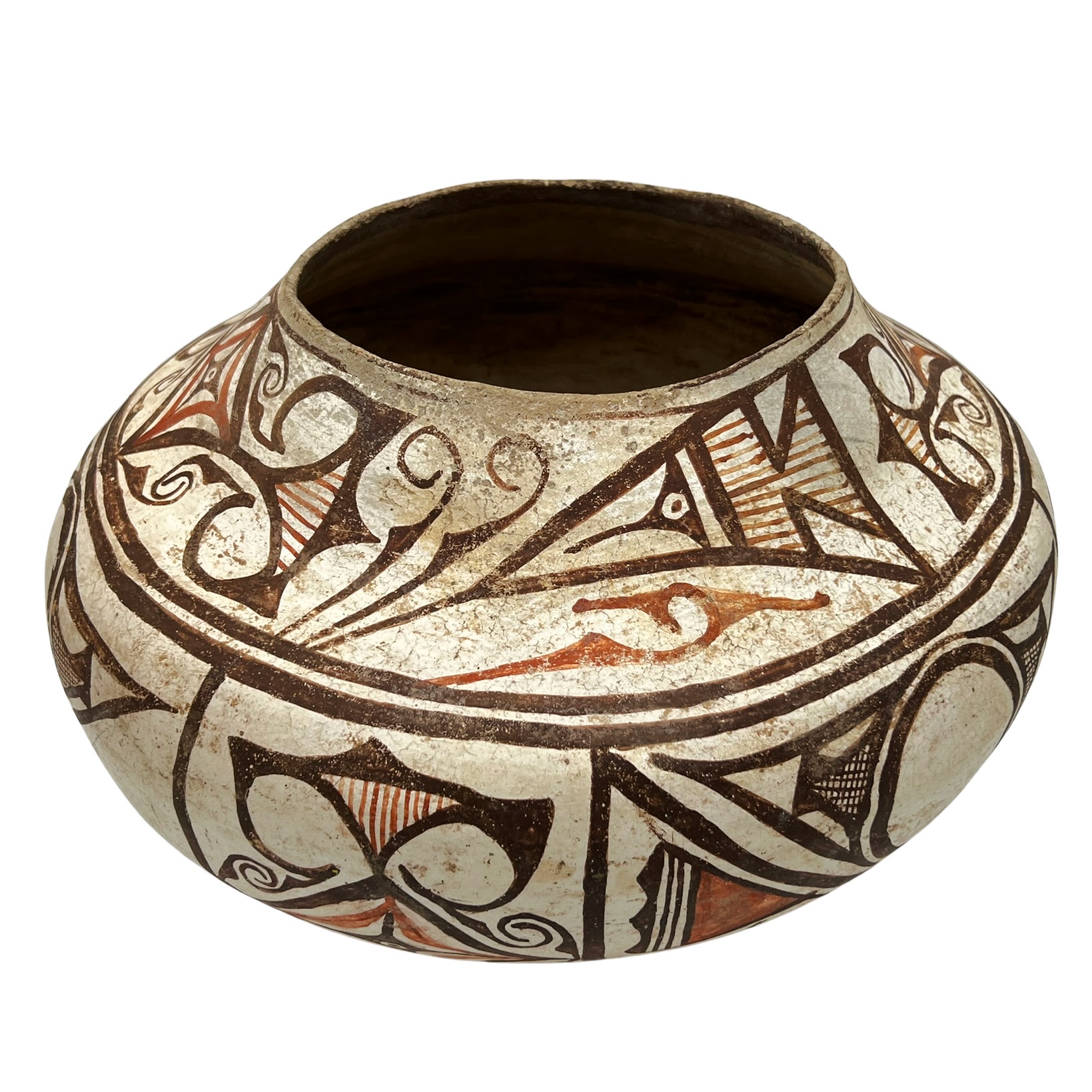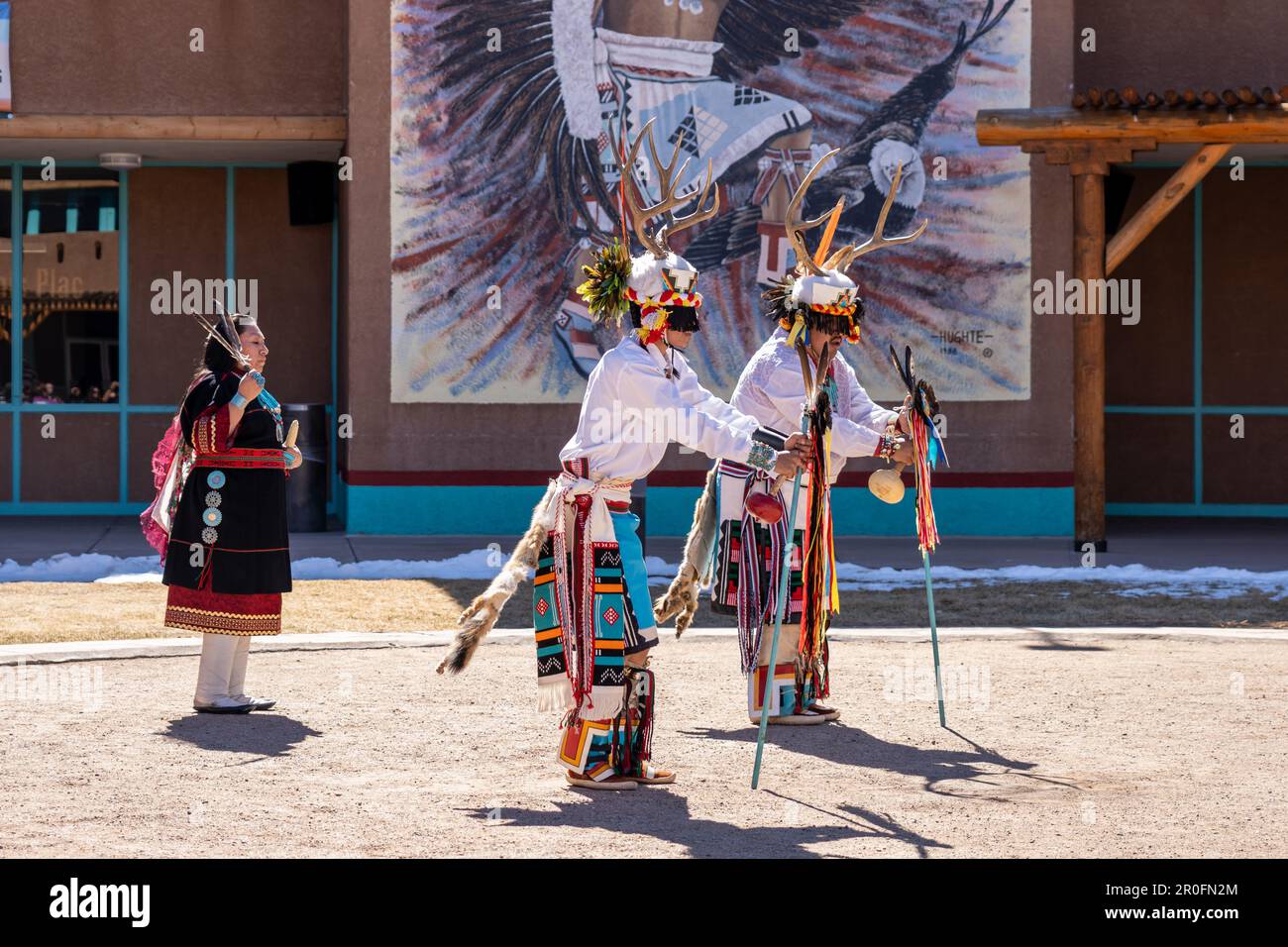
Experiencing the Zuni Cultural Landscape: Beyond the Map’s Edge
Forget the standard topographical maps you’re used to. To truly understand Zuni Pueblo and its surrounding lands is to embark on a journey that transcends lines of latitude and longitude, entering a realm where geography is intertwined with history, spirituality, and an unbroken lineage stretching back millennia. This isn’t just about where Zuni is, but what Zuni is – a living, breathing cultural landscape, meticulously mapped not just on paper, but within the collective memory, stories, and sacred practices of the A:shiwi people. For the discerning traveler seeking depth beyond superficial sightseeing, Zuni Pueblo offers an unparalleled opportunity to experience a landscape mapped by culture itself.
My journey to Zuni Pueblo wasn’t merely a drive to a destination; it was an unfolding revelation of a profound way of seeing the world. Located in western New Mexico, roughly 35 miles south of Gallup, Zuni is the largest of the 19 New Mexico pueblos, renowned for its intricate artistry, enduring traditions, and the remarkable continuity of its culture. But the true draw, for me, was the promise of understanding its cultural landscape maps – a concept that shifts the paradigm of travel from passive observation to active engagement with a living heritage.
Upon arrival, the first thing that strikes you isn’t a grand vista, but a subtle sense of deep antiquity. The land around Zuni is rugged, yet remarkably fertile where dry farming techniques have been perfected over centuries. Sandstone mesas rise abruptly from the high desert floor, etched with wind and time. These aren’t just geological formations; they are markers on the Zuni cultural map, each with a name, a story, a purpose. They shelter sacred sites, mark ancient migration routes, and provide vital resources. To see these mesas is to begin to read a map written in stone and sky.

The heart of this experience begins at the A’shiwi A:wan Museum and Heritage Center. This isn’t just a museum; it’s an educational institution dedicated to preserving and perpetuating Zuni culture. Here, the concept of a "cultural landscape map" truly comes into focus. Unlike Western cartography, which prioritizes precise measurements and abstract representations, Zuni maps are mnemonic devices, rich with meaning, oral histories, and spiritual significance. They delineate ancestral domains, mark sacred springs, identify places of resource gathering (like salt or specific clays), and pinpoint sites of historical events or ceremonial importance. These "maps" are passed down through generations, living documents constantly reinterpreted and reinforced through storytelling, ceremony, and practical use of the land.
Walking through the museum, you learn about the Zuni cosmology, which ties the people intrinsically to their land. The Zuni emergence story speaks of their journey from lower worlds to this one, guided by the Sun Father, eventually settling at Halona Idiwana’a, "the Middle Place," the site of the present-day Zuni Pueblo. This narrative itself is a geographical map, charting the sacred journey and establishing the spiritual center of their world. Artifacts on display – pottery, jewelry, traditional tools – are not just objects, but tangible expressions of this deep connection to their landscape, each material sourced from specific locations within their traditional territory.
Next, I ventured into the historic core of Halona Idiwana’a, the main Zuni village. This is the oldest continuously inhabited village in North America, a testament to resilience and unwavering connection to place. The multi-storied adobe structures, clustered tightly together, feel like an organic extension of the earth itself. The narrow passageways and shared courtytyards speak volumes about community and collective life. Dominating the central plaza is the Old Zuni Mission Church of Our Lady of Guadalupe. While a Spanish colonial structure, its interior is breathtakingly unique, adorned with vibrant Zuni murals depicting kachinas, traditional symbols, and the intricate patterns of Zuni pottery. These murals are not merely decorative; they are visual representations of the Zuni cultural landscape, bringing the outside world of their beliefs and sacred geography into the very heart of the church. They tell stories, reinforcing the deep cultural mapping within a structure that, paradoxically, represents an external influence.
To truly understand the Zuni cultural landscape map, one must also look beyond the village itself, into the expansive surrounding territory. This is where the guidance of a local Zuni individual becomes invaluable. Zuni Pueblo requires visitors to obtain permits for photography and often for specific site visits, and hiring a Zuni guide is highly recommended, if not essential, for respectful and informed exploration. A Zuni guide can point out features that would otherwise appear unremarkable to an untrained eye: a particular rock formation that tells a story of the Twin War Gods, a barely visible trail marking an ancient pilgrimage route, a certain type of plant used for medicine or weaving, its location precisely known through generations of observation and cultural mapping.

One of the most significant features on the Zuni cultural landscape map is Dowa Yalanne, or Corn Mountain. This majestic mesa rises sharply east of the pueblo, a truly iconic landmark. It’s not just a mountain; it’s a sacred refuge, a place of spiritual power, and a historical sanctuary where the Zuni people sought safety during times of conflict. Its distinctive profile is instantly recognizable, appearing in Zuni art and oral traditions. To stand at its base and gaze up is to feel the weight of history and the enduring presence of Zuni resilience. It’s a physical manifestation of their continuity and their connection to a sacred past.
Further afield, though requiring specific permission and often deeper understanding, are places like the Zuni Salt Lake. This ephemeral, saline lake is a highly sacred site, a place of pilgrimage for Zuni and other Pueblo peoples for millennia. It is the home of the Salt Mother, a powerful deity, and its precious salt has been gathered and traded for centuries. Its presence on the Zuni cultural map is not just as a resource location, but as a nexus of spiritual power, ancient trade routes, and a testament to the sustainable practices that have allowed the Zuni to thrive in this environment.
The Zuni cultural landscape map also includes the subtle intricacies of waterways and springs. In an arid region, water is life, and every spring, every ephemeral stream, every arroyo holds significance. These aren’t just sources of hydration; they are often imbued with spiritual power, sites for ceremonies, and vital arteries connecting different parts of the Zuni world. Understanding where these are, how they flow, and their associated stories is a crucial part of navigating the Zuni world.
My experience at Zuni Pueblo was a profound lesson in perspective. It forced me to shed my Western-centric view of geography and embrace a more holistic understanding of land. The "maps" of Zuni are not static; they are dynamic, imbued with personal and collective meaning, constantly being lived and re-narrated. They are not merely tools for navigation, but repositories of identity, memory, and spiritual connection.

For the traveler, this means approaching Zuni not as a checklist of sights, but as an opportunity for deep cultural immersion. It requires patience, respect, and a willingness to learn. It means understanding that certain areas are sacred and off-limits to visitors, not out of secrecy, but out of reverence. It means supporting local Zuni artists and businesses, whose creations often reflect these very cultural landscapes.
In conclusion, visiting Zuni Pueblo is far more than a simple travel destination; it is an invitation to step into a living, breathing cultural landscape, mapped not by human hands on paper, but by generations of interaction, storytelling, and profound spiritual connection. It challenges your preconceived notions of geography, revealing a world where every mesa, every rock, every spring tells a story, and every story is a line on a map of the heart and soul. If you seek a journey that will not only show you a place but fundamentally shift how you understand the world and its indigenous peoples, then Zuni Pueblo, and its extraordinary cultural landscape maps, await your respectful exploration. It is a transformative experience, one that will leave you with a deeper appreciation for the intricate beauty of cultural heritage and the enduring power of land.

